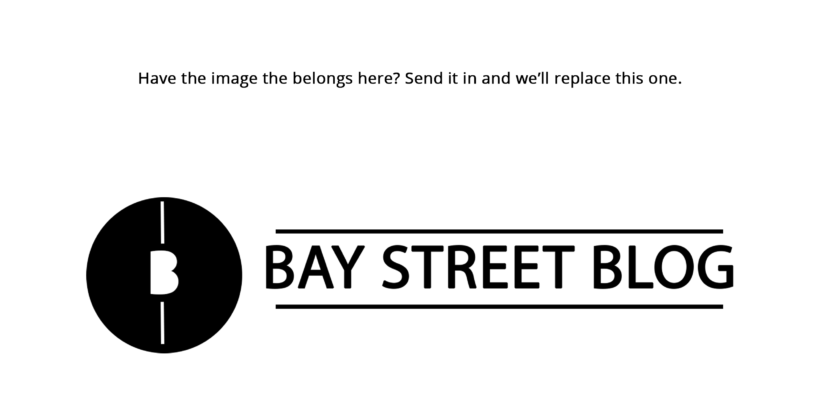How to Network Like a Pro: 7 Tips
Share

Networking is key to landing that dream job you’ve been aiming for – building connections within your field will provide you with a competitive advantage among other applicants.
According to a survey done by Forbes, 41% of employees found a job through networking. Do not underestimate the power of networking – talking to the right people and building relationships can lead you to get a job that is the right fit for you.
Networking is important in every career stage whether you’re a new graduate, or a middle aged employee.
-
First impression
First impression is key. On average, it takes is a tenth of a second to form a first impression (Association for Psychological Science). In other words, you have one shot to make a good impression, don’t mess it up.
Just be natural, and relax. Don’t be fake – it’s not very hard to spot a fake smile. Yes, if you’re a student, attending your first networking event can be a little intimidating, but remember, the speakers most likely have been in your shoes before.
-
Dress to impress
As I have said, you have one shot to making a good impression. Reality is, your first impression is mostly from the way you dress, and how you present yourself. Pay attention to the dress code of the event – typically business casual or business formal.
For more information on how to dress for a specific networking occasion – check out Dress to Network – Every Encounter Counts.
-
Listen attentively
Learn from other people’s experience. Take the opportunity to listen to their experience, and education background, it will help you determine what is needed to get into your desired career path. Continue to make eye contact throughout the conversation, to show your interest in the topic.
-
Ask proactive questions
Ask engaging questions – asking a proactive question can make you stand out among the other attendees as well. Keep your questions open ended for discussion purposes, to keep the conversation going.
For example, instead of asking, “what do you do?” ask, “what is your typical day like at work?” The whole purpose of asking proactive questions is to have the conversation flowing – and of course, to avoid that awkward silence. Do prior research before attending the networking event – who will be attending? What companies will be there? What do I want to get out of this?
Not all questions have to be business related – remember, the person you’re networking with most likely had a long day already. It’s okay to be a little informal, but keep it professional.
-
Make connections – find something relatable
The whole purpose of networking is building relationships with industry professionals. Finding the one thing you have in common can spark that connection with you and the person you’re networking with. It doesn’t have to be business related; it could be something simple as watching the same sports league, or having the same hobby.
Relating back to the proactive questions – asking the right questions can allow you to learn more about the person, and find something in common.
-
Don’t talk too much – less is more
Don’t be that guy everyone talks about at the end – “Johnny was asking so many useless questions.” It’s not a good look, and gives you a bad reputation. Ask a few, quality questions, instead of many closed ended questions – less is more.
-
Follow-up email
Last but not least, send a follow-up email, thanking them for their time. Good examples include, but are not limited to:
Example 1
Hi Anil,
It was great meeting you at the Computer Science Social. Thank you for coming out to share your experiences with us. I look forward to keeping in touch.
Regards,
Jelani Smith
BBA Candidate, 2017
University of Toronto
LinkedIn
Example 2
Hi Margaret,
It was definitely a pleasure meeting you today at the Finance Conference. I enjoyed talking to you about your past work and education experience.
As per our conversation, I have attached my resume for your company’s internship program. Thank you again for your help and I look forward to hearing from you soon.
Regards,
Jelani Smith
BBA Candidate, 2017
University of Toronto
LinkedIn
Typically, a good time to send a follow up email would be the day after networking event, or two days after the latest. You can also take this opportunity to ask for a coffee break – to learn more about their career, or for mentorship. Having a mentor within your desired career field is highly recommended, as you would gain valuable information on how to achieve your goal.
My main advice for sending follow up emails is to keep it personalized, and short. Many professionals have a busy schedule and will most likely loaf on reading a long email. Like what I’ve said before, less is more. Another quick advice for email follow ups – include a hyperlink for your LinkedIn profile, this can give them a chance to review your past experiences.
Conclusion
All in all, my biggest advice is to just relax, and be you. Attend networking events, not only relevant to your desired career path, but also networking events in other career paths. Keep an open mind and don’t close doors on other opportunities without considering it. Just remember to relax and have fun. Being a great networker comes with practice. If you have any questions, feel free to comment below.
Writer: Jelani Smith
Disclaimer: All investing can potentially be risky. Investing or borrowing can lead into financial losses. All content on Bay Street Blog are solely for educational purposes. All other information are obtained from credible and authoritative references. Bay Street Blog is not responsible for any financial losses from the information provided. When investing or borrowing, always consult with an industry professional.








Bay Street Blog Newsletter
Click here to subscribe for a financial savvy experience.
Please check your email to confirm subscription!